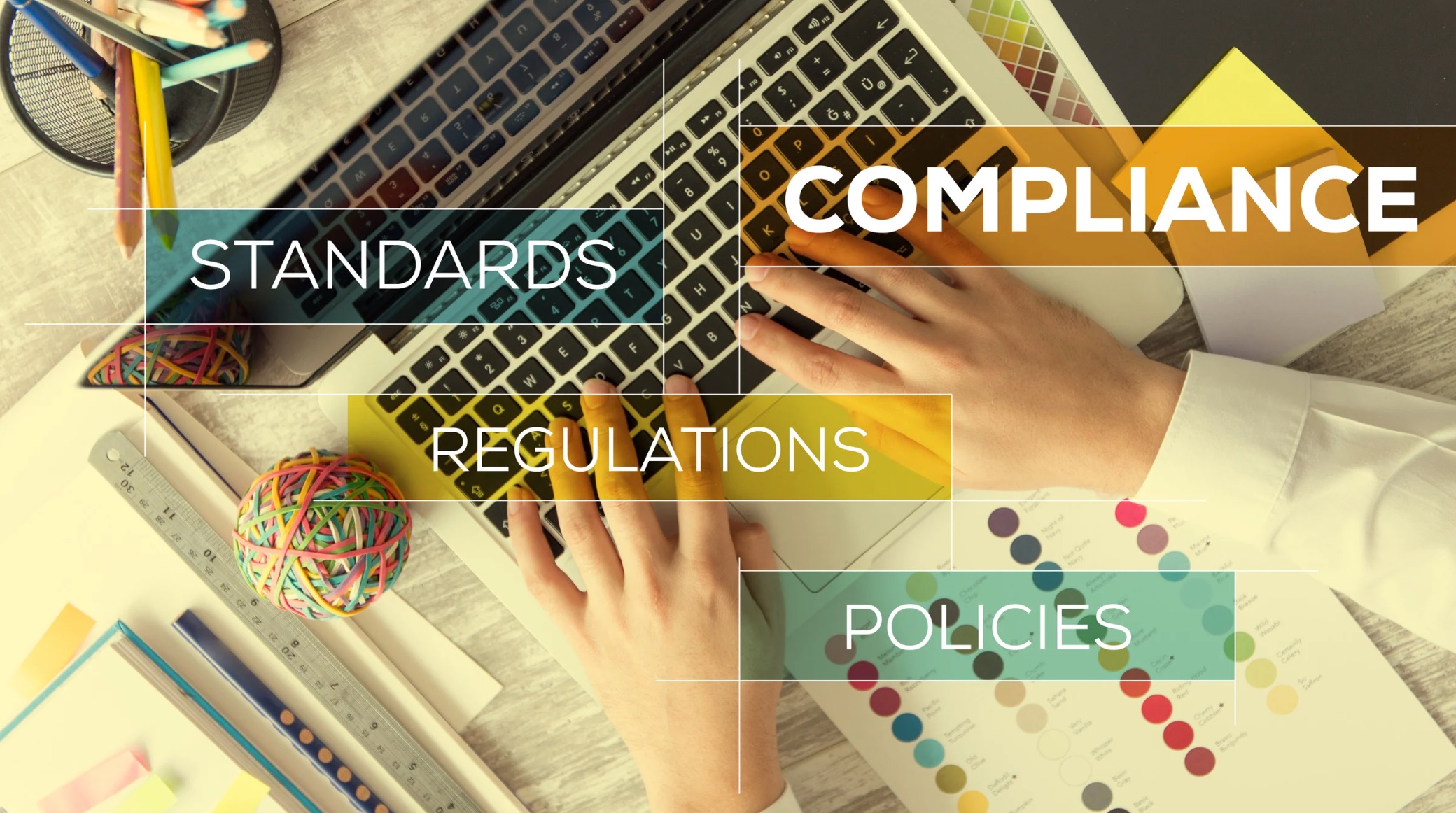
Ensuring that your website is accessible to everyone is no longer just a moral obligation—it’s a legal and practical necessity. An accessibility audit is the first step in achieving an inclusive online presence that meets the needs of all users, including those with disabilities.
Defining an Accessibility Audit
An accessibility audit is a comprehensive evaluation of a website, application, or digital platform to determine how well it complies with established accessibility standards, such as the Web Content Accessibility Guidelines (WCAG). These guidelines are designed to ensure that digital content is perceivable, operable, understandable, and robust for all users, including those with visual, auditory, motor, or cognitive disabilities.
Why is an Accessibility Audit Important?
Accessibility audits are essential for several reasons:
- Legal Compliance: Many countries have laws, such as the Americans with Disabilities Act (ADA) in the United States, that require websites to be accessible. Non-compliance can result in lawsuits and financial penalties.
- Broader Audience Reach: By making your website accessible, you open it up to a larger audience, including millions of people with disabilities who might otherwise struggle to interact with your content.
- Improved User Experience: Accessibility often overlaps with good usability practices, meaning that an accessible website is easier for everyone to use.
- Enhanced Reputation: Demonstrating a commitment to inclusivity can strengthen your brand and foster goodwill among your audience.
What Does an Accessibility Audit Involve?
An accessibility audit typically includes:
- Automated Testing: Using tools to scan for common accessibility issues, such as missing alt text, color contrast problems, or improperly structured HTML.
- Manual Testing: Evaluating your website’s functionality with assistive technologies like screen readers, keyboard navigation, and voice recognition software.
- Review Against WCAG: Assessing your site’s compliance with WCAG standards at the desired level (A, AA, or AAA).
- User Testing: Engaging individuals with disabilities to provide feedback on real-world usability.
Deliverables from an Accessibility Audit
After completing the audit, you’ll receive a detailed report that includes:
- Identified Issues: A list of accessibility barriers found on your site.
- Recommendations: Specific steps to remediate issues and improve compliance.
- Prioritization: Guidance on which fixes to address first based on severity and impact.
Next Steps After an Audit
An accessibility audit is just the beginning. Once the issues are identified, you’ll need to:
- Implement Fixes: Work with developers and designers to address the issues outlined in the audit.
- Conduct Follow-Up Testing: Ensure that the changes have resolved the problems and not introduced new ones.
- Monitor Accessibility: Regularly review your website to maintain compliance as standards evolve and new content is added.
An accessibility audit is a critical step in creating an inclusive digital experience. Not only does it help ensure compliance with legal standards, but it also demonstrates your commitment to serving all users. By investing in accessibility, you’re building a stronger, more inclusive online presence that benefits everyone.

